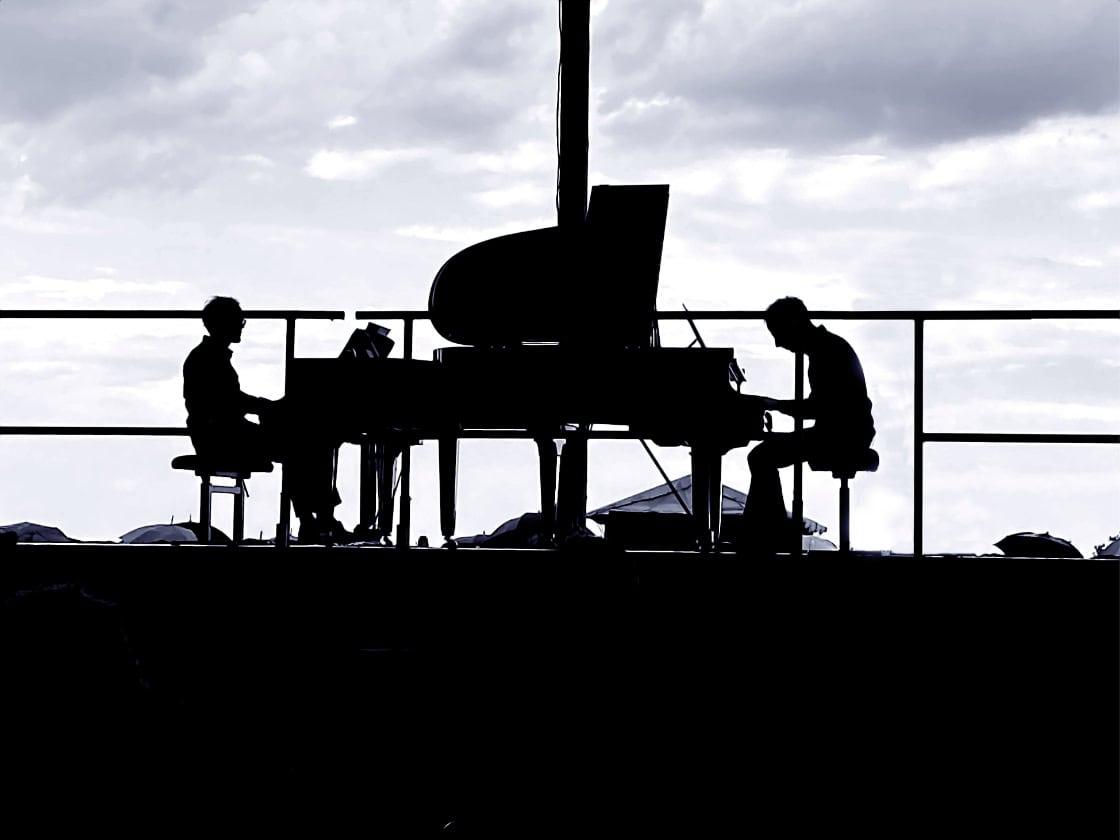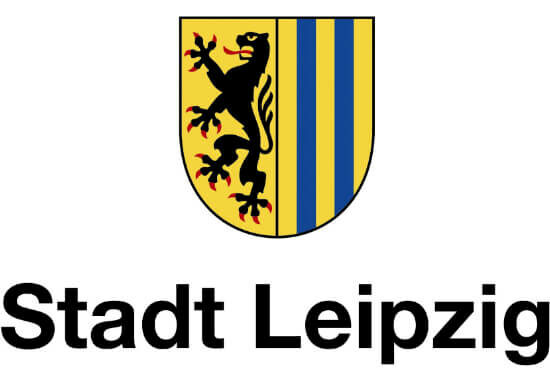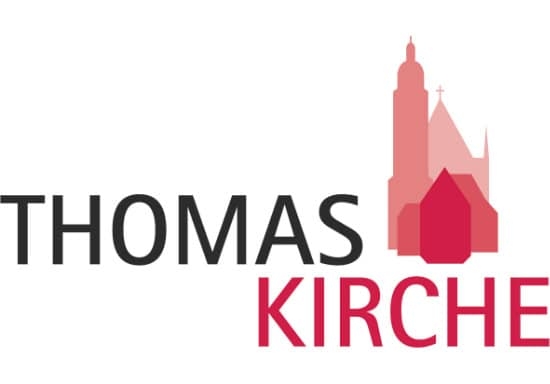Arise! Yes, arise again!
As it was impossible to perform large symphonies with orchestra, choir, and soloists in 2021, Gregor Meyer, the director of the Gewandhaus Choir, developed the concept of performing Gustav Mahler’s 2nd Symphony in Bruno Walter’s version in accordance with the requirements of the pandemic with two pianos, flugelhorn, two soloists and a chamber choir.
Gustav Mahler’s inner turmoil, his personal struggle with the themes of life, death and faith is particularly evident in his 2nd Symphony. While writing his 1st Symphony in 1887/88, Mahler already had ideas for another symphonic composition. However, it was to take another 6 years before he completed his 2nd Symphony in 1894. Inspired by Carl Maria von Weber’s opera fragment “Die drei Pinots”, he began writing the first movement, the “Totenfeier”, on January 20, 1888. He completed it in Prague in September 1888 and intended to publish it as an independent symphonic poem. However, the publisher rejected this and so the manuscript disappeared into a drawer until further ado.
In the summer of 1893, Mahler wrote the songs “Urlicht” and “Des Antonius von Padua Fischpredigt” from “Des Knaben Wunderhorn” as well as drafts of the 2nd and 3rd movements, which are always instrumentally based on the “Antonius Lie”’. Mahler incorporated the “Urlicht” almost unchanged into the 4th movement of his 2nd Symphony, thus integrating a vocal piece into one of his symphonies for the first time.
The idea of ending the final movement with a grand choral finale first came to him in March 1894 during Hans von Bülow’s “Trauerfreier”, on which a choir intoned the Klopstock chorale: “’Resurrect! – This struck me like a bolt of lightning and everything was clear and distinct in my soul!”. Mahler immediately began work on his composition and completed it in the summer of the same year. On December 13, 1895, the 2nd Symphony was premiered in Berlin under his direction.
Bruno Walter, a colleague and later close friend of Mahler, produced a piano reduction for four hands in 1897, which forms the basis of the project presented here.
The Gewandhaus Choir is closely linked to the Gewandhaus Orchestra in its history and can look back on a tradition of more than 150 years. Famous conductors have worked with the orchestra, including Herbert Blomstedt, Riccardo Chailly and Andris Nelsons. Since 2007, the choir has been conducted by Gregor Meyer.
Martina Müller – soprano
Henriette Gödde – alto
Konrad Schreiter – trumpet/flugelhorn
Walter Zoller and Gregor Meyer – pianos
Gewandhaus Choir








